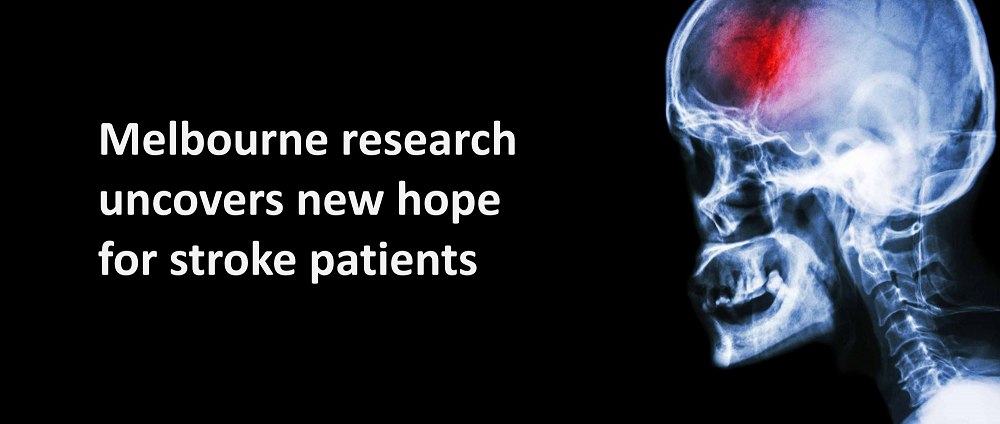World-first research led by La Trobe University in Melbourne has found that injecting human amniotic cells discarded after birth into stroke patients can significantly reduce brain injury and aid recovery.
Stroke is one of Australia’s biggest killers and a leading cause of disability. Stroke is treatable, however treatments are time critical and currently only a limited number of Australians have access. Some of the most recent advancements in ischemic stroke treatment – strokes caused by a clot – can only be delivered within the first few hours of a stroke.*

The seven-year research project led by Professor Chris Sobey from La Trobe University with researchers from Monash University and Monash Health found that when human amnion epithelial cells – the cells lining the human amniotic sac during pregnancy and discarded after birth – were injected after stroke, impact was less severe and recovery was significantly improved.
If we administered human amnion epithelial cells 90 minutes after stroke, the cells quickly homed in on the affected area of the brain, greatly reducing inflammation and nerve cell death, Professor Sobey said.
But what is particularly exciting about these new findings is that when the amniotic cells were administered as late as one or three days after stroke, there was accelerated healing and long term functional recovery was still greatly improved.
Professor Sobey said why human amnion epithelial cells were particularly effective in cell therapy.
These cells are abundant, they are discarded after birth and they don’t require any treatment before being used, Professor Sobey said.
They already contain natural immune-suppressants which means the patient’s body won’t reject them and they don’t form tumours – both issues with other forms of cell therapy, Professor Sobey said.
A Monash Health team led by Director of Neurology at Monash Health and Associate Professor at Monash University, Dr Henry Ma, will soon commence a first-in-human trial in acute stroke patients to assess its feasibility and safety profile.
The trial will be a great opportunity to translate this exciting research finding into clinical practice which may benefit stroke patients in the future, Dr Ma said.
The findings were published in the high impact journal, Stroke.
The research was part-funded by the Heart Foundation, CASS Foundation and National Health and Medical Research Council.
*Time critical stroke treatments
Thrombolysis – The 2017 Acute Stroke Audit found 36 per cent of patients reached hospital in a 4.5 hour time window from stroke onset for thrombolysis. 13 percent of appropriate patients received it.
Endovascular thrombectomy (mechanical removal of clot). Time frame is generally 6 hours. Endovascular thrombectomy services are delivered in 21 locations nationally – 12 of those are 24 hours, seven days a week.
Source: La Trobe University




